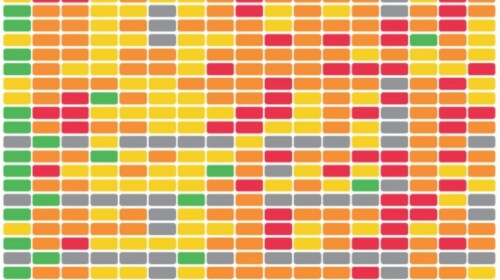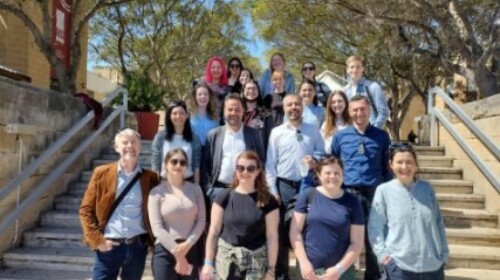This course has been developed to support countries in computing and monitoring Indicators 2.3.1 and 2.3.2 of the 2030 Sustainable Development Goals (Labour productivity and income of small-scale food producers), and to facilitate the understanding of the main concepts underpinning the methodology.
The course consists of five lessons, ranging from approximately 15 to 30 minutes duration each:
- Lesson 1 - Introduction to the SDG Indicators 2.3.1 and 2.3.2
- Lesson 2 - Identifying small-scale food producers
- Lesson 3 - Computing Indicators 2.3.1 and 2.3.2
- Lesson 4 - Collecting data
- Lesson 5 - Applying all content
Watch this video to find out more: https://youtu.be/Jaw9Ke7RJOY
Download SyllabusTarget Audience
This course is primarily intended for professionals who play a role in the data collection, analysis and reporting on SDG Indicators 2.3.1 and 2.3.2. This includes:
- Policy-makers or advisors
- Statisticians
- Representatives of NGOs, regional organizations, academia/researchers and the donor community.
Learning Objectives
You will learn about:
- Nature and importance of the role of small-scale food producers;
- Rationale of Indicators 2.3.1 and 2.3.2 within the 2030 Agenda;
- Main tools to measure the Indicators 2.3.1 and 2.3.2;
- Methodology to perform data collection, identification of the national target population and computation of the indicators;
- The types of data required for the computation of Indicators 2.3.1 and 2.3.2 and critical data gaps to be addressed.








